Switch to:
 EN
EN  Português (PT)
Português (PT)  Español (ES)
Español (ES)
Flying is not, and will hardly be, a normal activity for any human being. We are terrestrial beings, designed to walk and remain in constant motion on dry land. Even so, we know that in our daily lives we are subject to the most varied situations that affect our physical integrity, such as traffic or domestic accidents, urban violence, and health problems, there will always be passengers who are afraid of flying by plane, even if world air transport safety is proven at very encouraging levels.
In an interview with BBC Brazil, Perry Flint, spokesman for IATA (International Air Transport Association), brought encouraging data that demonstrates just how remote the possibility of losing your life in a plane crash is: consider a person who flies every day – they would experience an air crash in 2,700 years. A catastrophic event, of great proportions and enormous media repercussions, only has a real chance of occurring after 5.7 million takeoffs. The statistics tend to be even more generous in favor of security.
Although so many indicators manage to demonstrate security to air transport users around the world, especially within executive aviation, boarding a pressurized metal tube, flying more than 10,000 meters above mean sea level at a speed of 900 km/h remains a source of fear for thousands of people. Thinking about making you even more confident in booking a flight on our website or app (for Android or iOS), we’ve selected five special tips so you can always fly with peace of mind and enjoy every second of your flight!
Turbulence Doesn’t Take Down a Plane!
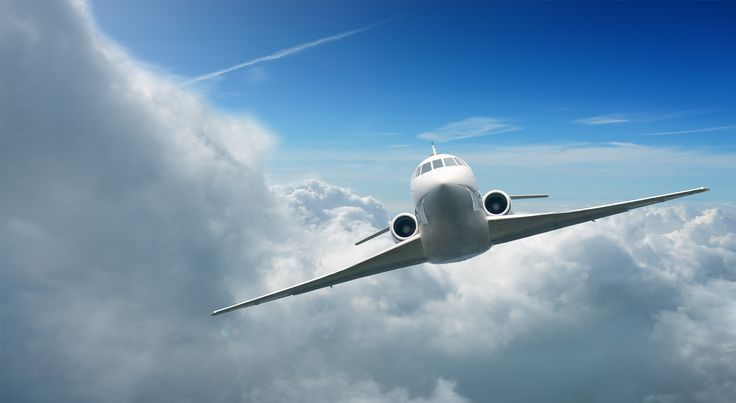
Lito Sousa, from the Aviões & Músicas YouTube channel, popularized the phrase that gives the title to the first tip we want to give you. Turbulence is not only an anticipated phenomenon in any aircraft design, but it is also an unavoidable thing in flight. When conceived, even during its initial development phase, an aircraft is designed to withstand several variations throughout its useful life — such as temperatures, pressure, speeds, etc. In turbulence and movement, the wings of the plane sway and move vertically, even though we have the impression of being quite rigid and inflexible structures. These movements are not only foreseen by engineering, but also are always far below the effects to which the wings can be submitted to. If we make the analogy of the behavior of the wings with the running of a car on most Brazilian streets, we will immediately think of the constant work of the shock absorbers that absorb impacts – avoiding greater damage to the vehicle’s parts and making the trip more comfortable.
Remember the Purpose of Travel and Time Gain
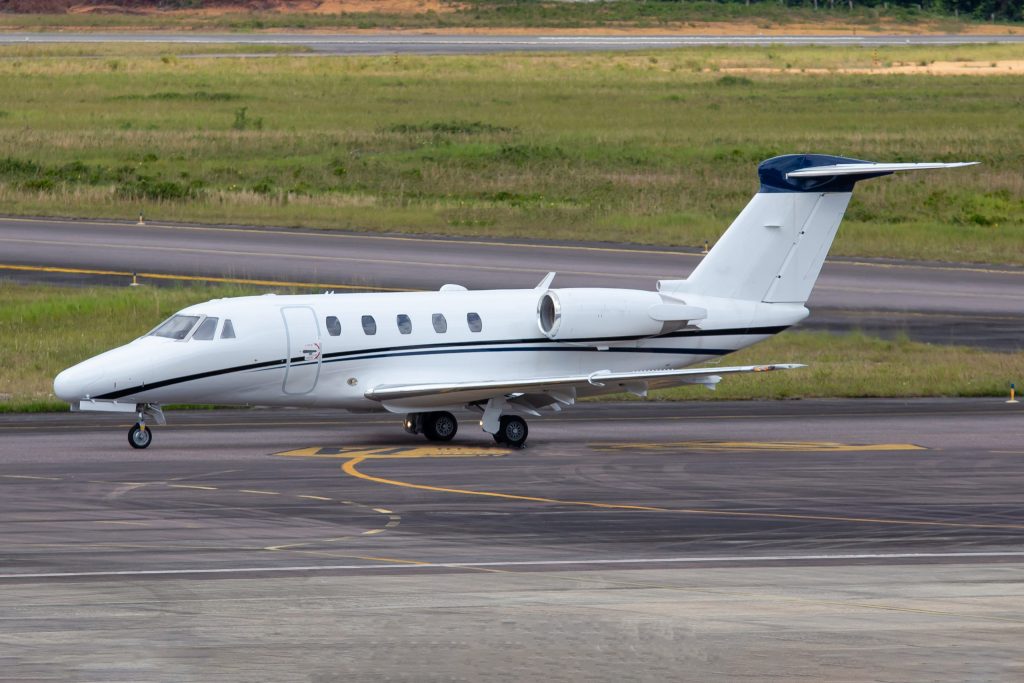
Travel in executive aviation represents a huge time saver for its users. While a trip between São Paulo and Manaus by car can take up to 5 days, with an executive jet the journey can be covered in just over three hours. So, even though it may seem like a banal reason to forget about the fear of flying, remembering the purpose of the trip is an excellent “trick” to forget that you are flying so high and so fast. The flight time can be used for reading or completing work projects, or if the reason for the trip is leisure, the tours you want to do, restaurants you will book, and details of the destination can be analyzed more calmly. The important thing is to be sure of arrival!
Monitor the Flight!
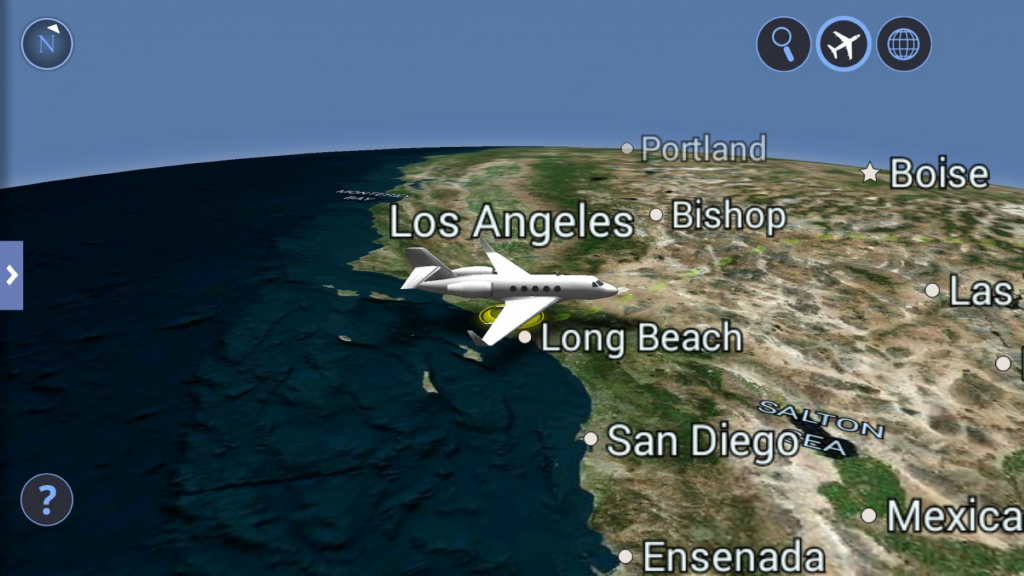
Several aircraft available at Flapper have various inflight entertainment systems. One of the best distractions for those who are afraid of flying is the “Air Show” system: based on data synchronized with the aircraft systems, a map is displayed with graphical representations of the aircraft, in addition to the speed and altitude of the flight, as well as indicating whether the plane is ascending or descending. Watching the information displayed by this system gives the impression that, even in turbulence or in the midst of heavy clouds, the flight remains absolutely under control. In addition, it’s quite fun to identify cities, states, or countries that are being overflown during the flight — and understand how many places we’ve passed and never even imagined being above!
For Those Afraid of Heights, Avoid Windows!
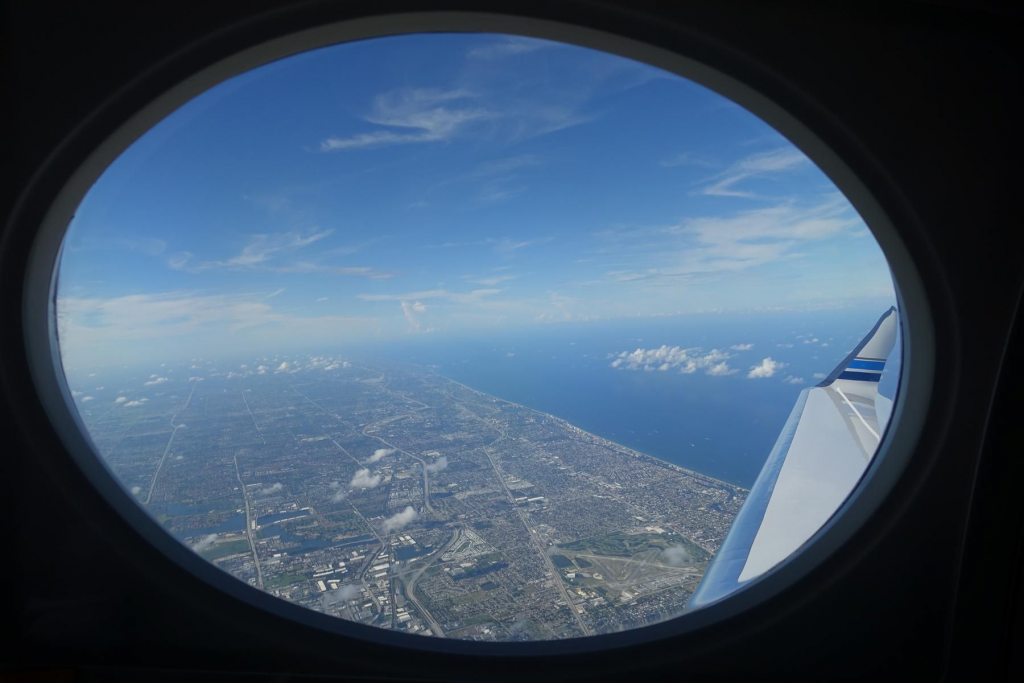
Although the view can be stunning at all times during the flight, having an idea of the height at which the plane is located can be a reason for even more concern for those who are afraid of flying. In these cases, the best option is to choose the seats close to the aisle. In addition to sparing the most fearful passenger from the fear of heights, being close to the aisle allows, when conditions allow, getting up throughout the flight for breathing and stretching exercises that can help relieve tension. The little window can be the passenger’s best friend as flights become more frequent, so that the fear of heights is replaced by the beauty of scenery that changes every moment.
Use Noise Canceling Headphones
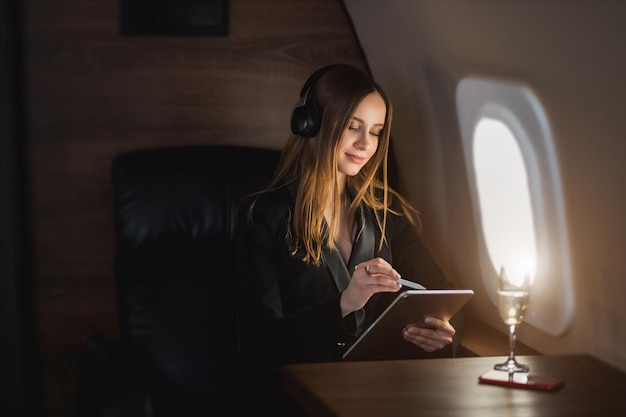
Present in the travel kits of most passengers, good headphones that have the noise canceling function can, during the flight at cruising altitude, be great companions for people who have a fear of flying. In addition to noise isolation providing the feeling of isolation from what is happening around them, they allow greater immersion in music, movies, and content that help to distract you during the trip. In addition, the noise isolation mitigates the noises that come from the plane’s engines, such as the constant power fluctuations that attenuate the sensations of acceleration and deceleration of the aircraft, which can increase tension and anxiety.
With five such special tips, deciding on your next destination and counting on Flapper to help you is even easier. Here, in addition to flying with great comfort and safety, every detail is thought of so that your experience is magnificent from start to finish. Count on us so that your destination gets closer and closer!
